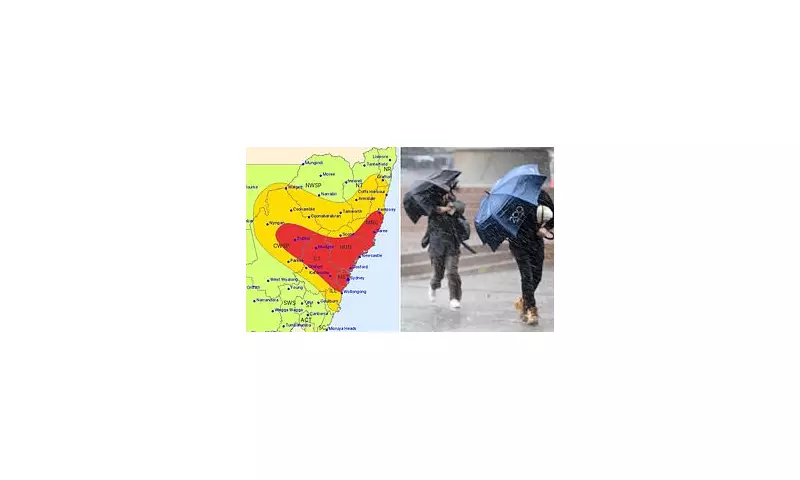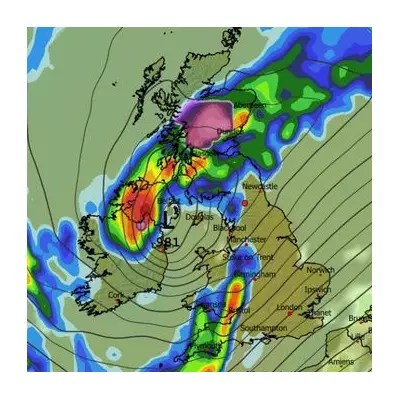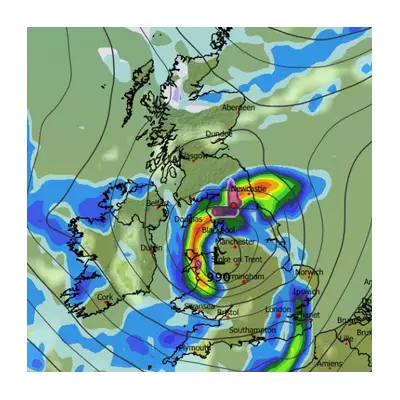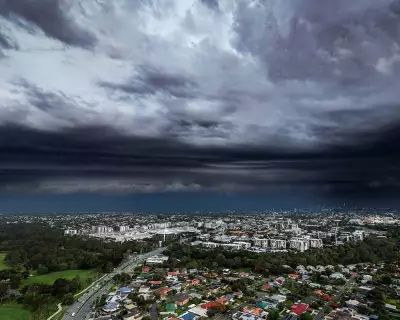
Australia's eastern seaboard is experiencing a dramatic weather reversal this week as a blistering heatwave makes way for potentially destructive thunderstorms across three major cities.
The Bureau of Meteorology has issued severe weather warnings for Sydney, Melbourne and Brisbane as temperatures soar before expected torrential downpours and violent electrical storms.
Temperature Rollercoaster Hits Major Cities
Sydney residents are sweltering through temperatures reaching 34C this week, creating perfect conditions for the development of severe thunderstorms. The humidity has made conditions feel even more oppressive, with the heat index pushing comfort levels to their limits.
Melbourne isn't faring much better, with the mercury climbing to 32C before an expected dramatic cool change brings relief - but at what cost? Weather officials warn the temperature swing could trigger dangerous storm activity.
Storm Warnings and Flood Risks
Meteorologists have flagged serious concerns about the potential intensity of the approaching weather system. Damaging winds, large hailstones and heavy rainfall that could lead to flash flooding are all possible outcomes as the cold front collides with the hot, humid air mass.
"We're looking at a classic setup for severe thunderstorm development," explained a senior forecaster. "The combination of extreme heat and an approaching trough creates volatile conditions that can generate supercell thunderstorms."
Emergency Services on High Alert
Emergency services across New South Wales, Victoria and Queensland are preparing for potential call-outs as the severe weather develops. Residents are being advised to:
- Secure loose outdoor items and furniture
- Move vehicles under cover if possible
- Avoid driving through floodwaters
- Stay indoors during storm activity
- Monitor official weather warnings throughout the day
The weather bureau is urging people to download their official app and keep abreast of developing warnings, particularly those living in flood-prone areas or near rivers and creeks.
Long-term Outlook Remains Uncertain
While the immediate focus is on the severe weather threat, climate scientists note that these extreme weather events are becoming more frequent and intense. The rapid transition from heatwave to severe storms exemplifies the type of weather volatility that many experts attribute to changing climate patterns.
The coming days will be crucial for Australia's most populated regions as they navigate this dramatic weather transformation, serving as another reminder of nature's unpredictable power in the southern hemisphere.





